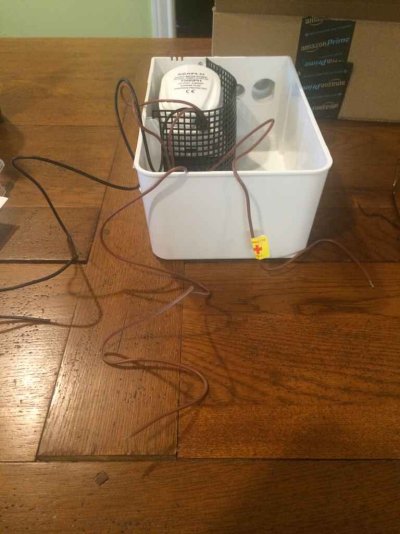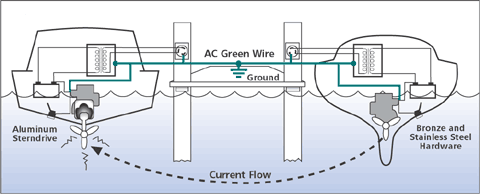SCOTTEDAVIS
Guru
AC imposed stray current while not a problem for the boat (no anode/cathode to shed material as the current reverses 60/50 times per sec.) it can injure and kill someone in the water. DC imposed stray current can and will cause significant damage to your boat in a surprisingly short amount of time.
Bonding as FF said can be good or not needed depending. Some boats have no bonding (mine) and are just fine. Test with a silver/silver test cell to be sure.
I recommend an electrical survey every few years. I just did one and it cost me $180 bucks and found another boat nearby with 6.8 Amps worth of leakage into the water due to a ground and neutral connected at a GFI, remember the grounds on a boat are common and should never be connected to the AC neutral.
DC wire laying in bilge water connected to battery is a very big problem looking for a wallet to happen in.
Bonding as FF said can be good or not needed depending. Some boats have no bonding (mine) and are just fine. Test with a silver/silver test cell to be sure.
I recommend an electrical survey every few years. I just did one and it cost me $180 bucks and found another boat nearby with 6.8 Amps worth of leakage into the water due to a ground and neutral connected at a GFI, remember the grounds on a boat are common and should never be connected to the AC neutral.
DC wire laying in bilge water connected to battery is a very big problem looking for a wallet to happen in.





